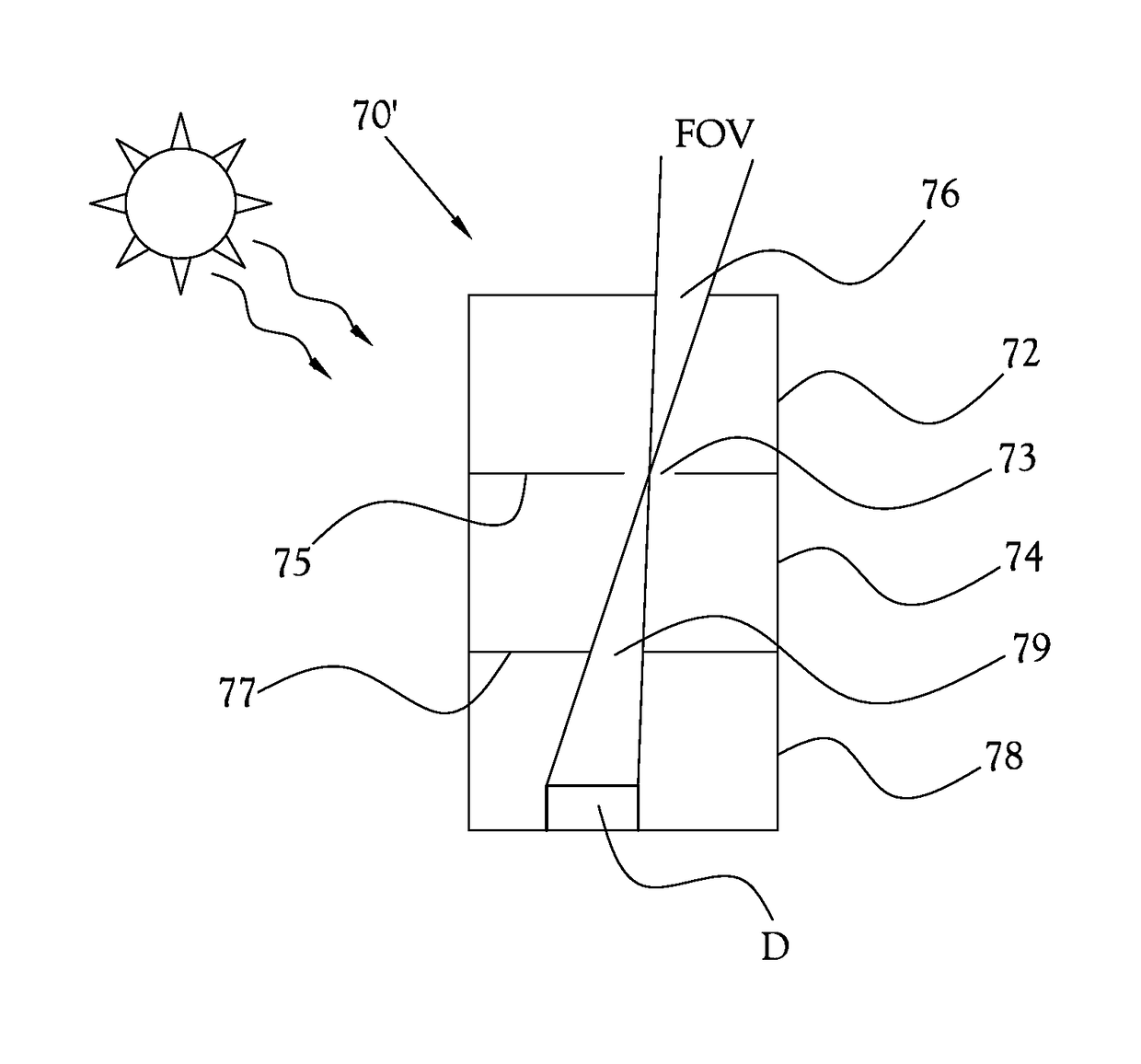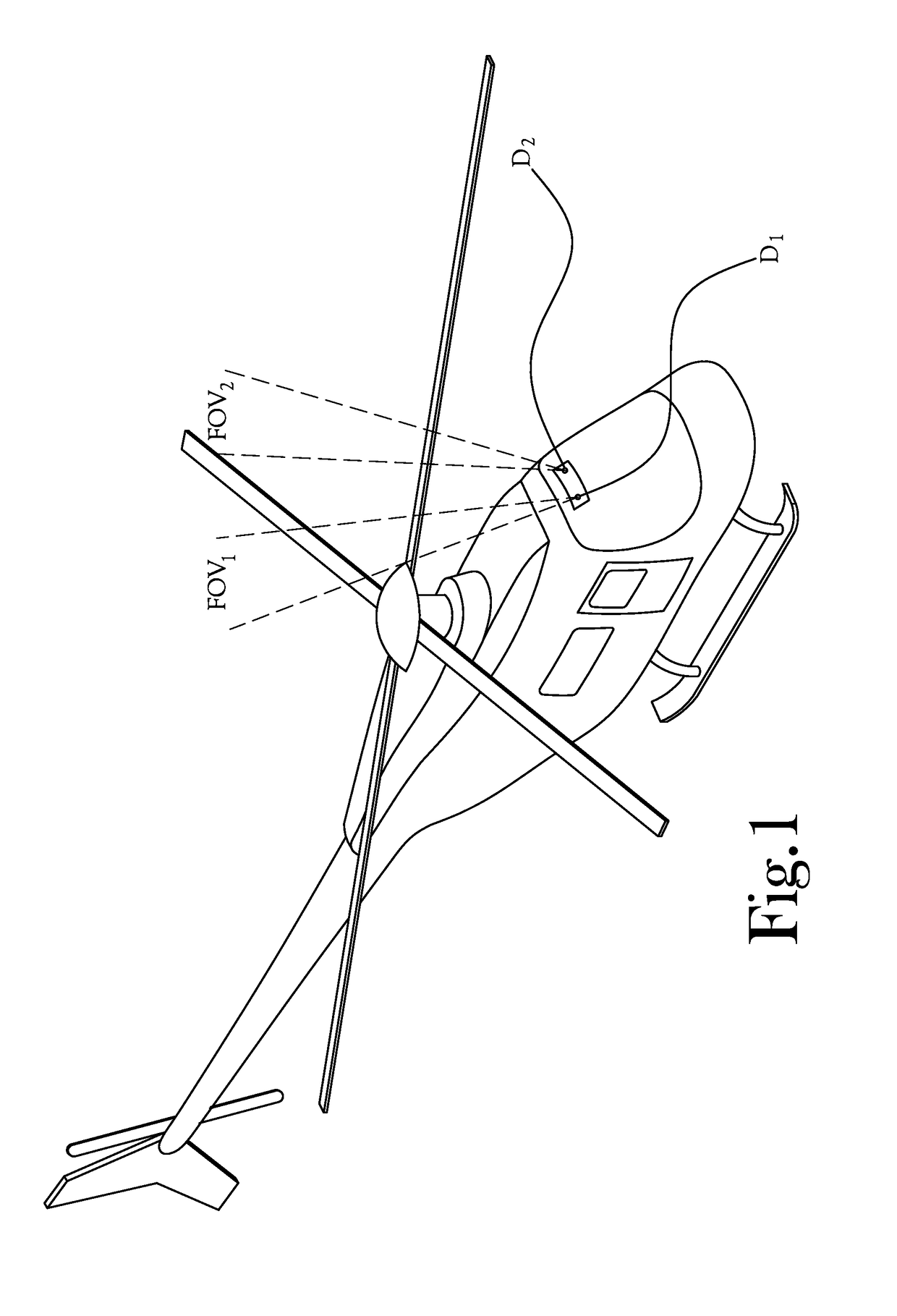Systems and methods of tracking rotor blades
a technology of rotor blades and tracking systems, applied in the direction of optical radiation measurement, instruments, transportation and packaging, etc., can solve the problems of system failure, poor lighting, and difficulty in achieving accurate measurements in changing light conditions
- Summary
- Abstract
- Description
- Claims
- Application Information
AI Technical Summary
Benefits of technology
Problems solved by technology
Method used
Image
Examples
Embodiment Construction
[0053]Reference will now be made to the example embodiments of the present general inventive concept, examples of which are illustrated in the accompanying drawings and illustrations. The example embodiments are described herein in order to explain the present general inventive concept by referring to the figures.
[0054]Although example embodiments of the present general inventive concept will be particularly described as being applied to helicopter blades, it will be appreciated that the present general inventive concept can be applied to a variety of other rotor-based systems, for example propellers, fans, windmills, or other rotating machinery, without departing from the scope and spirit of the present general inventive concept.
[0055]Referring to FIG. 1, example embodiments of the present general inventive concept can be implemented in connection with a helicopter having a detector system creating one or more divergent fields of view to measure the times at which a helicopter roto...
PUM
 Login to View More
Login to View More Abstract
Description
Claims
Application Information
 Login to View More
Login to View More - R&D Engineer
- R&D Manager
- IP Professional
- Industry Leading Data Capabilities
- Powerful AI technology
- Patent DNA Extraction
Browse by: Latest US Patents, China's latest patents, Technical Efficacy Thesaurus, Application Domain, Technology Topic, Popular Technical Reports.
© 2024 PatSnap. All rights reserved.Legal|Privacy policy|Modern Slavery Act Transparency Statement|Sitemap|About US| Contact US: help@patsnap.com










